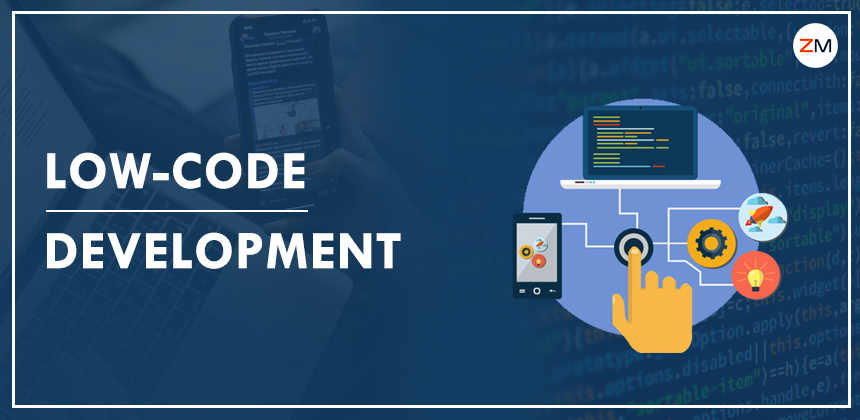Boosting Swift Software Creation with Low-Code Platforms: A Detailed Examination of Mendix
In the swiftly evolving digital environment of today, businesses are in urgent need of quick and efficient software solutions to stay ahead. Traditional methods of software development often stumble upon hurdles such as lengthy development times, intricate coding demands, and a scarcity of skilled coders. To navigate past these challenges, low-code development platforms have risen as a transformative solution, enabling entities to swiftly craft and launch applications with minimal coding effort. Among these innovative platforms, Mendix has distinguished itself as a robust and flexible option. This article aims to shed light on the essence of low-code development platforms, highlight their benefits, and offer an insight into Mendix’s functionalities and advantages.
The Essence of Low-Code Development Platforms
Low-code development platforms introduce a simplified visual development space that eases the app creation process. By allowing for the assembly of applications through a drag-and-drop interface of pre-configured components, these platforms significantly reduce the reliance on heavy coding. The chief aim here is to empower not just professional developers but also citizen developers, business analysts, and those without deep technical expertise to efficiently generate apps, thereby lessening the load on IT teams and closing the gap between business needs and software implementation.
Benefits of Embracing Low-Code Platforms
- Rapid Development Cycle: By cutting down on the need for complex coding, low-code platforms significantly shorten the time required to go from concept to deployment, facilitating swift development.
- Flexibility and Responsiveness: These platforms allow businesses to quickly adapt to market shifts or internal changes, thanks to the ease of modifying, scaling, and updating applications built on them.
- Improved Team Collaboration: Low-code platforms enhance the synergy between business stakeholders and IT teams through visual modeling tools that simplify the expression of ideas and requirements across diverse team members.
- Reduced Maintenance Demands: Applications developed on low-code platforms typically require less upkeep, thanks to built-in tools for application monitoring, debugging, and updates.
- Bridging the Talent Gap: By enabling those without extensive programming knowledge to contribute to the development process, low-code platforms help mitigate the skills shortage in the tech industry, ensuring quicker delivery of applications.
Spotlight on Mendix: A Front-Runner in Low-Code Development
Mendix has captured the attention of the tech world as a leading low-code platform, celebrated for its comprehensive features and flexibility. Below are key attributes that position Mendix as a top choice for rapid application development:
- Intuitive Visual Development Tools: Mendix’s user-friendly visual environment permits developers to design data models, UIs, workflows, and logic graphically, making the platform accessible to a wider audience.
- Rich Library of Pre-Configured Components: With an extensive array of ready-to-use components, modules, and templates, Mendix accelerates the app development process, allowing developers to focus on crafting value-added functionalities.
- Support for Agile Methodologies: Emphasizing agile development, Mendix enhances collaboration through features like version control, inline commenting, and synchronous editing, streamlining teamwork and project execution.
- Seamless Integrations: The platform boasts powerful integration capabilities, facilitating connections with a variety of data sources, APIs, and existing enterprise systems for fluid data exchange and system interoperability.
- Cloud-Native Deployment: Mendix is built for cloud-native deployment, ensuring applications can be efficiently launched on leading cloud services, embodying scalability and operational agility.
In conclusion, low-code platforms, with Mendix at the forefront, are redefining the landscape of software development, offering businesses the tools to create sophisticated, agile applications swiftly. By exploring the foundational principles of low-code development and the distinct advantages Mendix offers, organizations can unlock the potential to innovate, adapt, and excel in the digital age.

